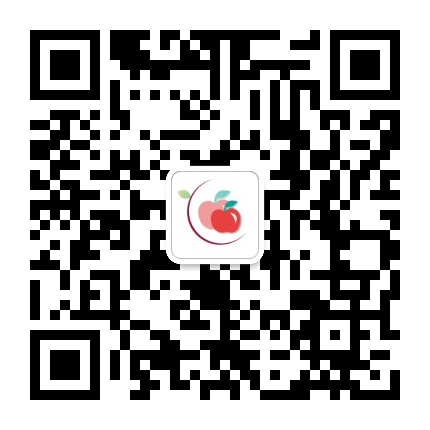iOS Signing: Everything You Need to Know to Sign Your Apple Apps
When it comes to developing an iOS app for the Apple Store, signing is an essential part of the process. Proper signing ensures that your app can be run on Apple devices, and it also protects your app from unwanted modifications or malware. To help you navigate the complex world of iOS signing, this article will provide everything you need to know to sign your Apple apps.
What is iOS Signing?
iOS signing is a process of using cryptographic keys to identify and verify the source of a program. It is a security measure designed to ensure that only trusted code runs on Apple devices. Each Apple device has a unique identifier that is used to verify codesigning entitlements, so the app will only run on devices that have allowed the app to be used.
Why is iOS Signing Important?
iOS signing is essential for developers and users alike. It ensures that the code being executed on the device is trustworthy and secure. If an app is not signed properly, it may experience security problems, issue warnings that hinder the user experience, or simply refuse to work. Moreover, Apple actively enforces the signing process and requires apps to be signed before being distributed on the App Store.
What Are the Types of iOS Signing?
There are three types of iOS signing: Development, Ad Hoc, and App Store Distribution.
Development Signing:
Development signing is used during the development process. It allows developers to test and debug their apps on their own devices before submitting them to the App Store. Development signing is done by creating a development certificate on the Apple Developer portal and linking it to your Xcode project.
Ad Hoc Signing:
Ad Hoc signing is used for beta testing or for distributing an app to a limited number of users. It allows developers to send their apps directly to specific devices without having to go through the App Store. Ad Hoc signing is done by creating an Ad Hoc certificate on the Apple Developer portal and creating a Provisioning Profile that includes the UDIDs of the devices that will receive the app.

App Store Distribution Signing:
App Store Distribution signing is used when developers are ready to release their app on the App Store. App Store Distribution signing requires developers to verify their identity through Apple’s review process. Once the app passes the review process, Apple signs the app, so it can only be installed on devices that are authorized to run the app.
How Do You Sign an iOS App?
Signing an iOS app involves a few key steps: creating your certificate, building your app with Xcode, and creating a Provisioning Profile.
1. Create Your Certificate
Before you can sign your app, you need to create your signing certificate. This is done through the Apple Developer portal.
2. Build Your App with Xcode
Xcode allows you to compile your code into an executable file. During this process, Xcode automatically signs your app with the certificate you created in step one.
3. Create a Provisioning Profile
Finally, you need to create a Provisioning Profile, which is used to install and run the app on specific devices. The Provisioning Profile contains the UDIDs of the devices, and it is linked to the certificate you created in step one.
In Conclusion
iOS signing is an essential part of developing and distributing an app for Apple devices. Developers need to understand the different types of signing and follow the proper steps to ensure their app is properly signed. Users also depend on proper signing to ensure the security and functionality of the apps they use.



